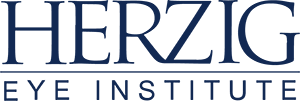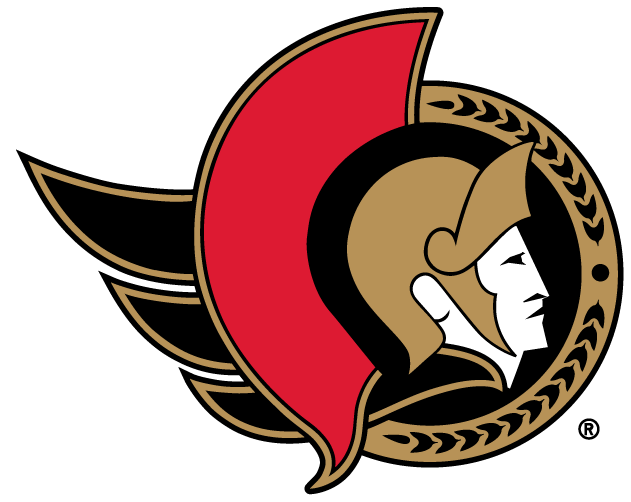Herzig Eye Institute in Refractive Surgery on January 19, 2024
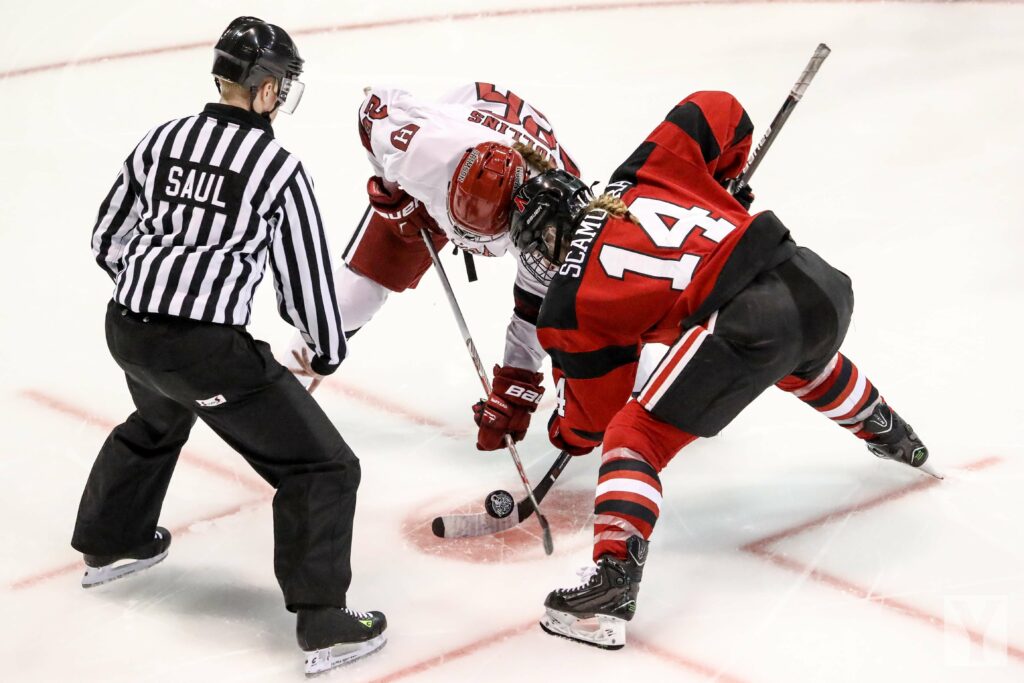
Sight is a critical component of playing almost any sport. While athletes with uncorrected vision errors (myopia, hyperopia, and astigmatism) may be at a disadvantage, the good news is that this can be overcome by having refractive surgery. Wearing glasses and contact lenses can be cumbersome while playing sports in a competitive setting. That’s why it is no surprise so many athletes (from amateur to professional) choose to have refractive surgery to improve their vision and thus their overall athletic performance.
How Vision Affects Athletic Performance
Strength, training, determination, and self-discipline are essential elements of becoming a better athlete. However, vision often gets overlooked. Your sight plays a key role in how well you perform. If you can’t sharply see a ball, the goal, or even the other players’ faces, this impacts your ability to perform at a high level. Athletes have better reaction time when their vision is optimized.
Playing sports with glasses is hazardous. Your glasses may break and even contribute to an eye injury. Contacts are better, but they can slip out of place in high-contact sports or perhaps right in that critical moment of the game. What’s more, since sports fields have adverse elements — rain, wind, dirt/mud — your contacts can become foggy or dirty in a way that diminishes your sight or can even cause long-term issues like infection. These are not problems you need to worry about after having refractive surgery.
Types of Vision Correction for Athletes
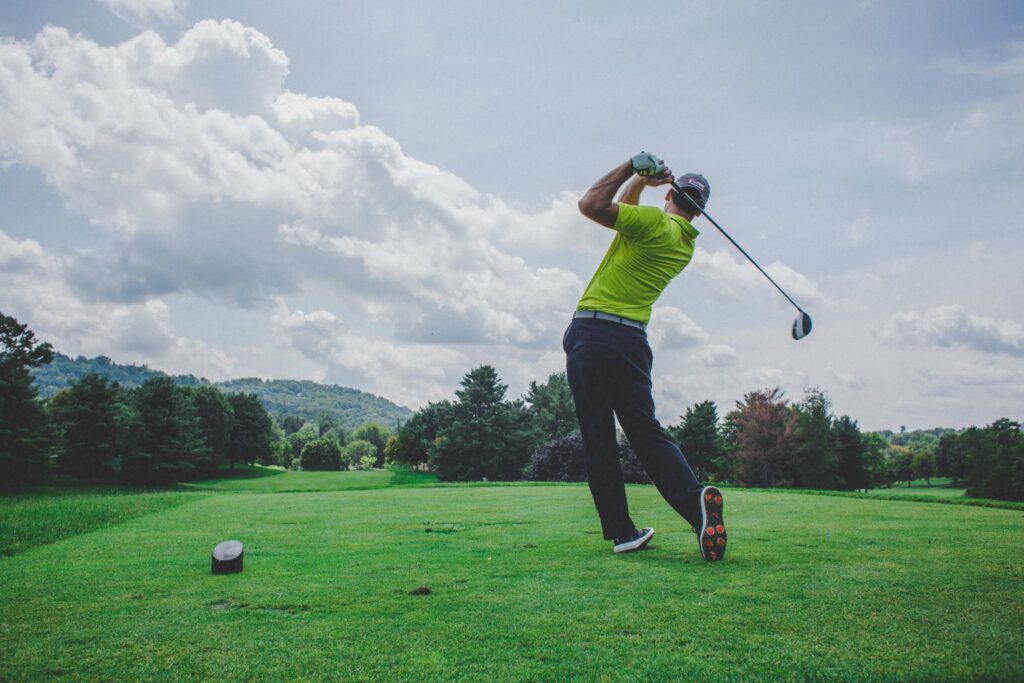
Herzig Eye Institute offers many vision correction procedures that can help athletes perform and see better without being dependent on glasses or contact lenses.
SMILE (small incision lenticule extraction) is a minimally invasive laser vision correction procedure that helps to get you back on the field sooner. The SMILE procedure allows for a safe and rapid return to the pitch without concern for flap-related issues as a result of contact sports. Thus, it is a popular choice for athletes or those involved in contact sports (boxing, hockey, soccer, basketball, etc.) who want to permanently correct their vision without relying on prescription lenses. SMILE does not change the corneal surface in any meaningful way and is therefore associated with better long-term stability of the
cornea.
LASIK is another well-known refractive surgery technique, whereby a small flap on the cornea is created to access and reshape it with a laser so that incoming light refracts correctly. This corrects your prescription error and allows for great vision on and off the field.
Athletes may also be a candidate for PRK (photorefractive keratectomy). PRK is similar to LASIK; the main difference is that instead of creating a corneal flap, your ophthalmologist removes the epithelium (a thin top tissue layer of the cornea), which regenerates over the following weeks. Not creating a corneal flap can help avoid rare but possible complications if the flap gets dislodged due to an injury. That is why participants in contact sports or sports with a higher rate of eye injuries often choose SMILE or PRK.
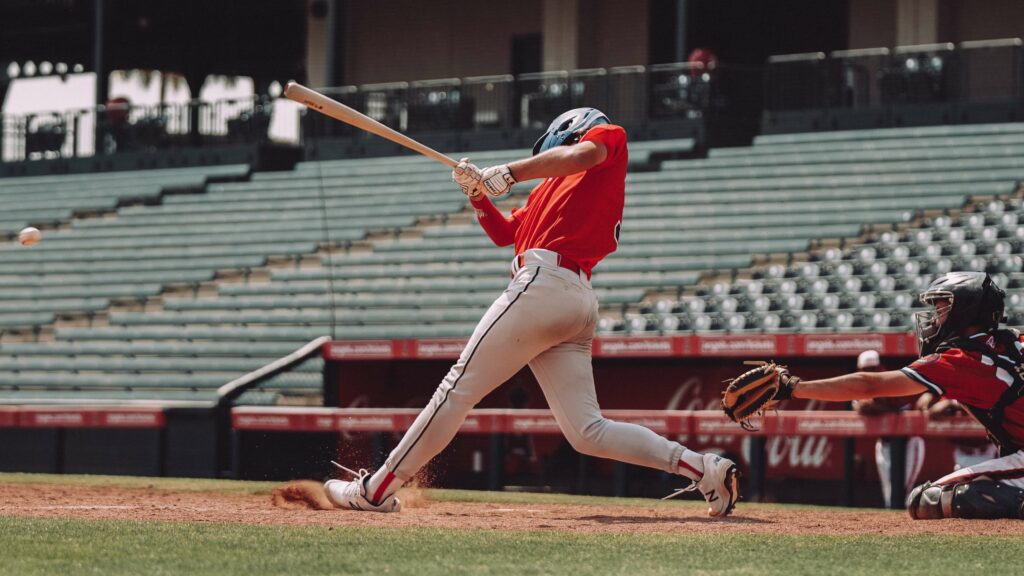
If you are not a candidate for laser vision correction procedures, do not worry, your career as an athlete is still possible. ICL is a popular procedure where a thin intraocular lens is placed in front of your eye’s natural lens. This procedure is best for athletes with extreme nearsightedness, farsightedness, or astigmatism, but still want freedom from glasses or contact lenses.
Make an Appointment
If you’re an athlete (or love participating in sports) and are looking to enhance your vision and performance, visit our award-winning laser eye and refractive surgery centre to obtain more information about which vision correction procedure may be best for you. To schedule a consultation, call our Toronto office at 647-490-6509 or our Ottawa office at 613-703-6656.


